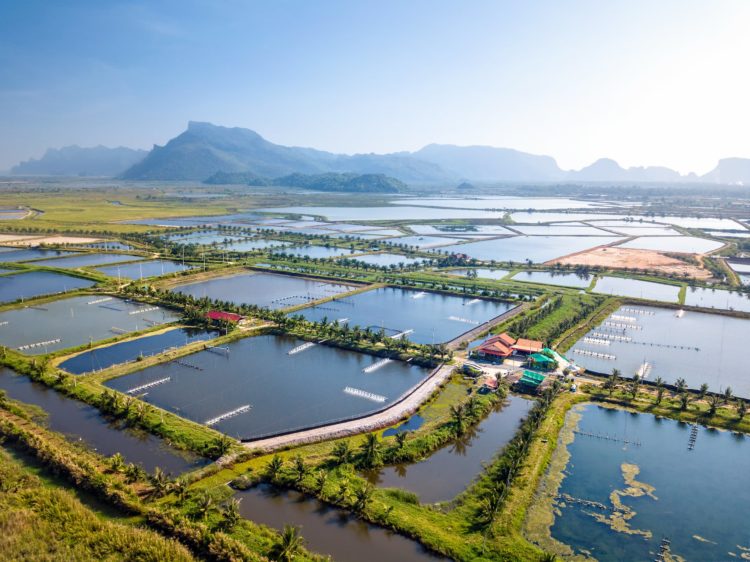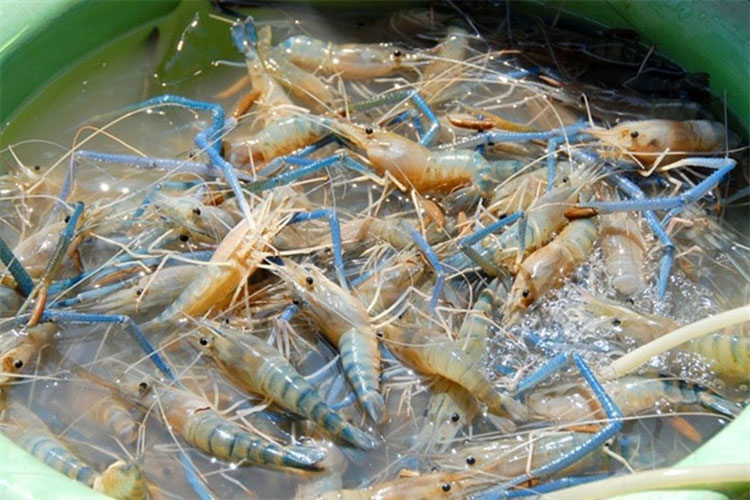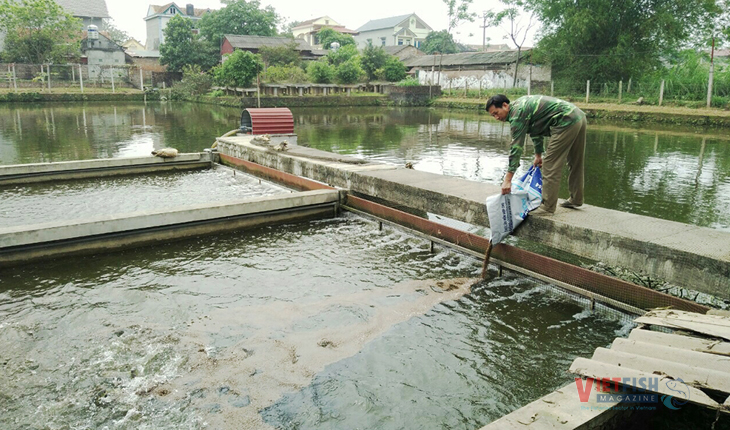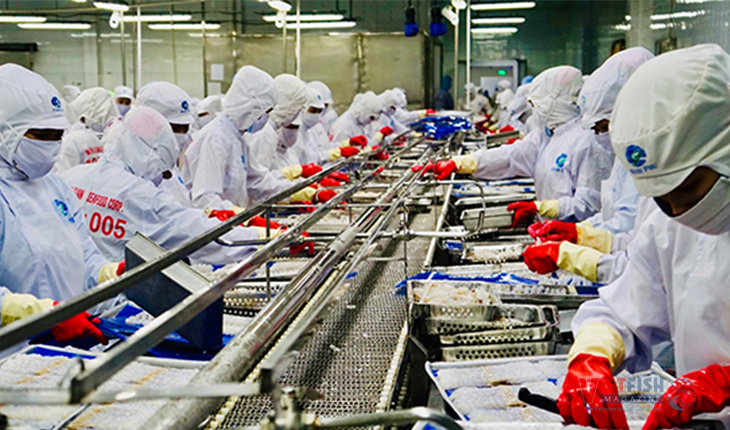Why are Vietnamese shrimp production costs so high?
The shrimp industry in Vietnam faces significant challenges due to high production costs, especially in high-tech white-leg shrimp farming. Currently, producing 1kg of commercial white-leg shrimp in Vietnam costs about $1 more than in many neighboring countries. Costs for seed, feed, medication, chemicals, labor, utilities, and infrastructure for shrimp farming in Vietnam are among the highest globally.
Such high costs mean that shrimp farmers do not turn a profit. Fixed costs, which include depreciation of equipment, machinery, nets, tarps, and quickly worn-out items, account for 4.1 – 4.2% of total costs. Variable costs are higher: shrimp seed (12.8 – 13.0%), feed (61.9 – 65.0%), and other inputs like fertilizers, lime, medication, chemicals, fuel, and interest (8.4 – 9.0%). With such high production costs, Vietnamese shrimp struggle to compete with major competitors like Ecuador, India, and Indonesia, whose production and commercial shrimp prices are lower by 10,000 – 30,000 VND/kg, depending on the size.
Another factor contributing to the Vietnamese shrimp industry’s disadvantage is the low success rate of high-tech white-leg shrimp farming in Vietnam, averaging below 40%. This rate is significantly lower than competitor countries such as Ecuador (over 90%), India (more than 60%), and Thailand (55%). At times, Thailand’s success rate even exceeds 80%. Ecuador and India’s success rates are 1.5 times or even double that of Vietnam.
Data shows that the production cost of shrimp in Vietnam (4.8 – 5 USD/kg) is double that of Ecuador (2.3 – 2.4 USD/kg) and over 30% higher than India’s (3.4 – 3.8 USD/kg). In 2023, the average export prices of shrimp to the US market were: India (8.20 USD/kg), Ecuador (6.85 USD/kg), Indonesia (8.05 USD/kg), and Vietnam (10.92 USD/kg). These export prices make American customers prefer cheaper shrimp products, putting Vietnamese shrimp at a disadvantage in this market and making it difficult for Vietnamese shrimp exporting companies to secure orders.

The high costs and low success rates are primarily due to inadequate initial pond rehabilitation and treatment by farmers. During farming, many issues arise, requiring expensive treatments with medication, chemicals, and lime, sometimes throughout the farming cycle. Cheap, low-quality shrimp seeds are often chosen, leading to multiple releases due to incidents. Poor-quality seeds grow slowly, extending the farming period and consuming more feed (high FCR). Low-quality shrimp seeds with poor resistance are susceptible to diseases and pests, causing significant losses and high remediation costs.
Poor environmental management is a major reason for high shrimp production costs and reduced success rates. Improper feed management and daily feeding quantities lead to excess feed accumulation. Dense algae growth due to high nutrition in ponds causes eutrophication and water blooming. When algae die, they settle at the pond’s bottom, along with suspended matter, silt, shrimp feces, dead shrimp remains, and shed shells. If not thoroughly treated through siphoning, bottom cleaning, waste and sludge removal, water changes, and probiotics application, the decomposition of organic matter will produce toxic gases for shrimp in the pond. These toxic gases like NH3 and NO2 increase in concentration and toxicity when the pond pH exceeds 8.2.
When these toxic gases in the pond water reach levels ≥ 0.5 mg/l, they directly affect shrimp, making breathing difficult. Shrimp struggle to molt, have shell adhesion issues, prolonged soft shells, and meat mushiness. Shrimp reduce feed intake, grow slowly, have low survival rates, and exhibit bottom-dropping and muscle loss. Additionally, during prolonged weather changes, algae die-offs, turbid water, and alkalinity drops to ≤ 80 mg/l, with pH falling to ≤ 7.5. Poor disease prevention and weak shrimp health due to poor care and management result in symptoms like reduced feeding, weak eating, white liver, and loose intestines.
The lack of uniformity in the application of technology, farming techniques, and production operations is a significant issue. Shrimp farming, particularly high-tech shrimp farming, is considered the optimal direction to achieve multiple goals, including increasing production, saving farming area, and reducing production costs. However, high-tech shrimp farming faces many challenges such as climate change, environmental degradation, and complex disease developments. The market competition among leading shrimp exporting countries like India, Ecuador, Thailand, and Indonesia also poses challenges. Due to economic downturns, consumers tighten spending, and global shrimp demand will continue to decrease.
In this situation, farmers need to adopt various solutions, comply with technical processes, and apply new technologies to reduce production costs, increase the success rate of farming models, boost production, enhance product value, and improve competitiveness with shrimp exporting countries worldwide.
VFM






